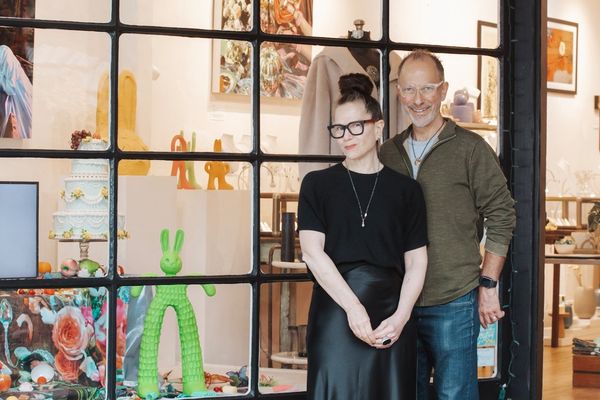Planet Labs, SoMa’s very own spacecraft design studio, is counting down to this month’s launch of 28 satellites, each between the size of a toaster and a mini fridge, into the final frontier. For those of us not well-versed in space technology, this is an incredible feat.
Called doves, the miniature satellites produce high-resolution, science-grade imagery of the Earth that is light years ahead of what larger equipment has been able to document—until now.
“We’ll have so many satellites in orbit that we’ll be able to update a map of the entire world at a greater frequency than is currently available”—making even Google Maps look a little sluggish—explains Chris Boshuizen. The former NASA physicist cofounded Planet Labs in 2010 with two other former NASA brainiacs, Will Marshall and Robbie Schingler. “If you can refresh the images more frequently, perhaps you can also inspire global action,” he adds. The satellites could, for instance, detect senseless acts of deforestation or monitor rising ocean levels and melting ice caps, arming humanity with cutting-edge evidence to incite everything from congressional campaigns to grassroots movements. Worried about wildfires creeping up near your summer cabin? On the Planet Labs website, you could view the blaze before it’s too late. Suspicious that your chainsaw-wielding neighbor has sinister plans for a nearby thousand-year-old redwood tree? You might build a case against him using data from these satellites.
Come mid-December, the 28 doves will take flight aboard repurposed US and Russian rockets to reach their orbit about 400 kilometers above Earth. “You have to buy a ticket for each dove to ride into space,” explains Boshuizen, who likes the thought of old rockets now making strides for humanity. The cost is, well, astronomical and depends on the size of the load, but Boshuizen claims that the value for mankind is priceless. “I guess you could file our project under Space Exploration,” says Boshuizen. “But it’s really all about [protecting] the Earth and its people.”
This article was published in 7x7's December/January issue. Click here to subscribe





















